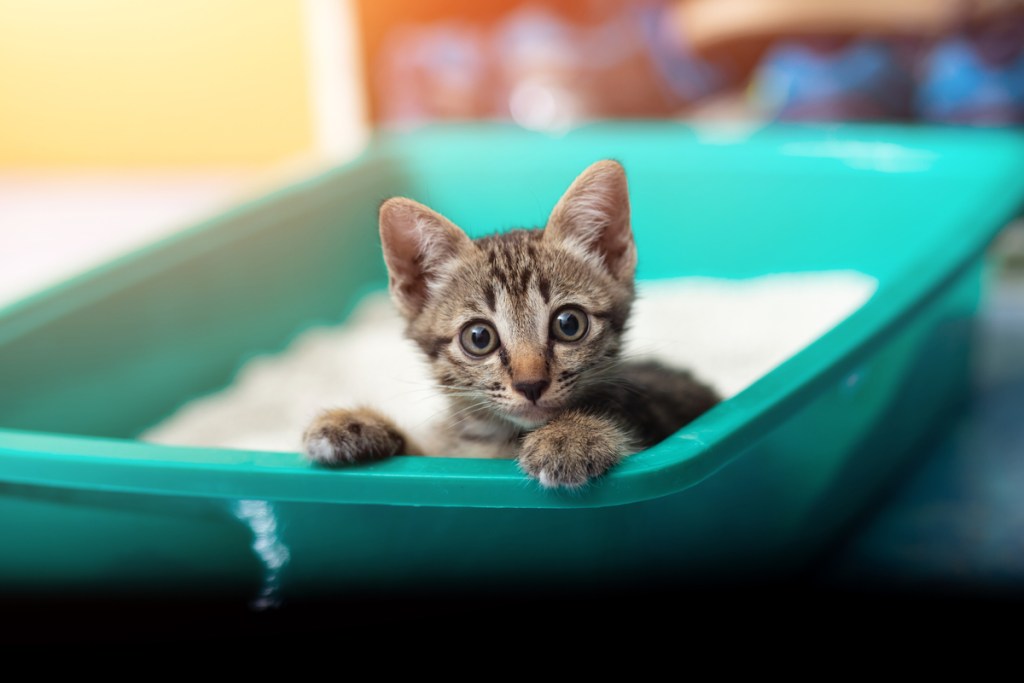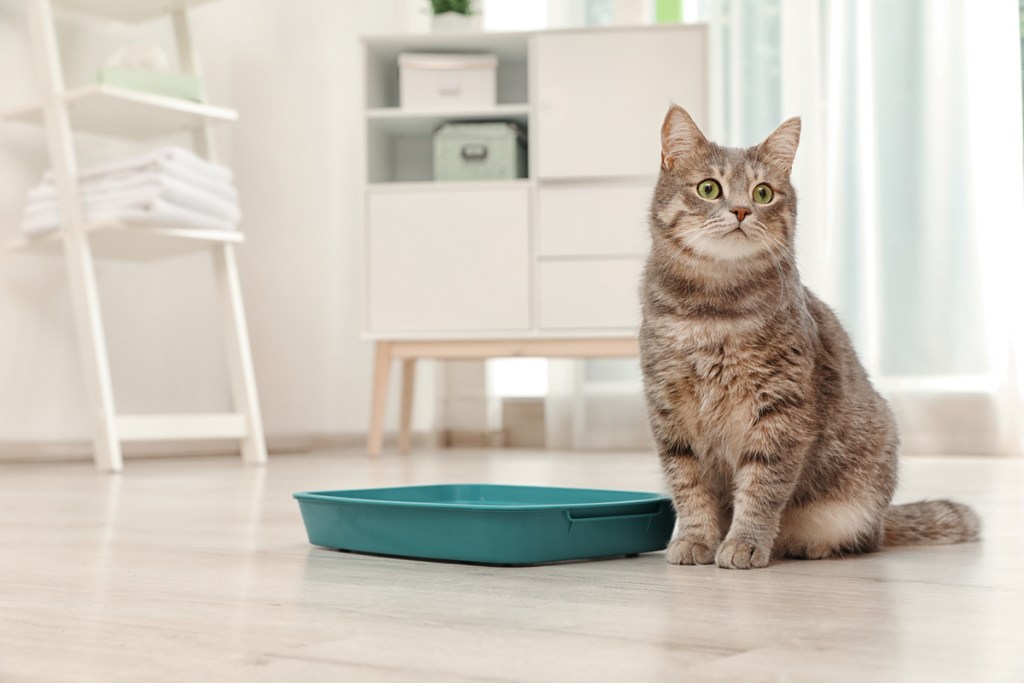If you’re looking for a cheap, convenient alternative to cat litter, then you might be considering beach sand. At first glance, using sand as cat litter could seem like a great idea, but it’s always important to think about the pros and cons of any litter product you decide to try. Sand is easily accessible and low cost, and you don’t have to worry about any chemical additives or other substances that might affect your cat’s health. Sand also has a texture that’s natural for cats. But sand as cat litter might not be the right choice, especially when you consider some of the downsides.
No odor control
Sand offers no odor-control properties, so your cat’s litter box can get stinky really quickly. That will be an even bigger problem if you have a multi-cat home.
Sand might be convenient and affordable, but you’ll need to plan on changing your cat’s litter box much more frequently than you would with an odor-controlling litter. You can mix in some baking soda, but it won’t necessarily solve the odor problem entirely.

Non-clumping
Sand absorbs moisture, but it doesn’t clump, so scooping your cat’s litter box daily can be a challenge. When you pair this with the fact that sand offers no odor control, it’s easy to see why the litter box will need frequent cleaning.
If you already use a clumping litter, then switching to sand will be a big change. If you’re using a non-clumping litter, then the non-clumping properties of sand might not bother you as much.
Extra messy
Sand is lightweight and made up of tiny grains, so it’s quite easy for your cat to track it out of the litter box and all over your house. Sand is also lightweight compared with many clay litters, which means if your cat likes to enthusiastically scratch at his box, he might send sand flying everywhere.
You can try to put down rubber litter mats to capture and grab sand from your cat’s paws as he leaves the box but plan to also spend plenty of time vacuuming and sweeping to keep your house clean.
Potential for parasites
If you’re buying bagged sand, like the type you can use in sandboxes, then the sand you’re using is probably safe. However, if you’re gathering sand from a beach or an outdoor sand pile, then it could contain parasites — and you might be bringing them into your home.
Depending on the type of sand you’re using, it could contain other harmful substances. Avoid using sand that’s intended for wintertime application to roads, since this often contains a salt mixture that can be highly toxic to cats. The truth is, if you’re gathering sand from anywhere outdoors, you won’t necessarily know what’s been mixed into it, and it could jeopardize your cat’s safety.

Sand harbors bacteria
Sand can also be a home for bacteria, and that bacteria could potentially make your cat sick. Again, this risk is reduced if you’re buying bagged sand that’s available commercially, but if you’re gathering sand from outdoors, it could be riskier than you might think.
If you’re considering using a new cat litter, you have plenty of options to choose from. Sand might have some advantages, but it has some big disadvantages, too. Instead of using sand, consider another alternative type of litter. If you’re tired of the traditional clay litter, then options like litters made out of corn, paper, or even wheat might be more appealing. You’ll want to consider features like whether the litter clumps, odor control, and, of course, its price when deciding which is right for you.
Change can be difficult for your cat
Keep in mind that just because you think a litter is right for you doesn’t mean your cat will agree. Cats can be finicky about their litters, and it’s important to make any changes gradually. If you want to try a new litter, add just a bit of that litter into your cat’s existing litter in one litter box. Then, slowly increase the amount of the new litter while decreasing the old litter. Continue with this process over at least a few weeks, until all the old litter is replaced with new litter. This approach will increase the chances of your cat accepting the new litter.


